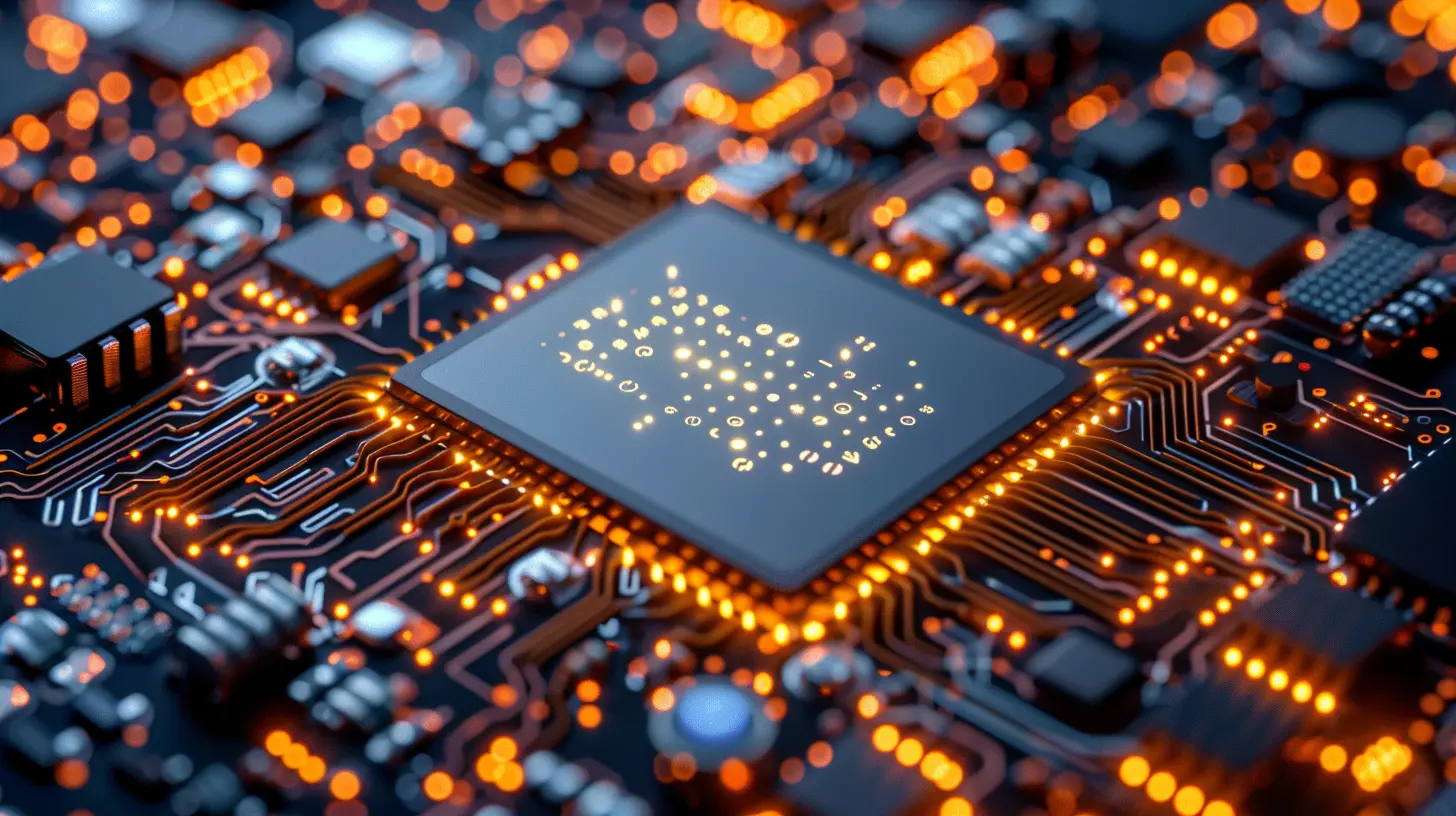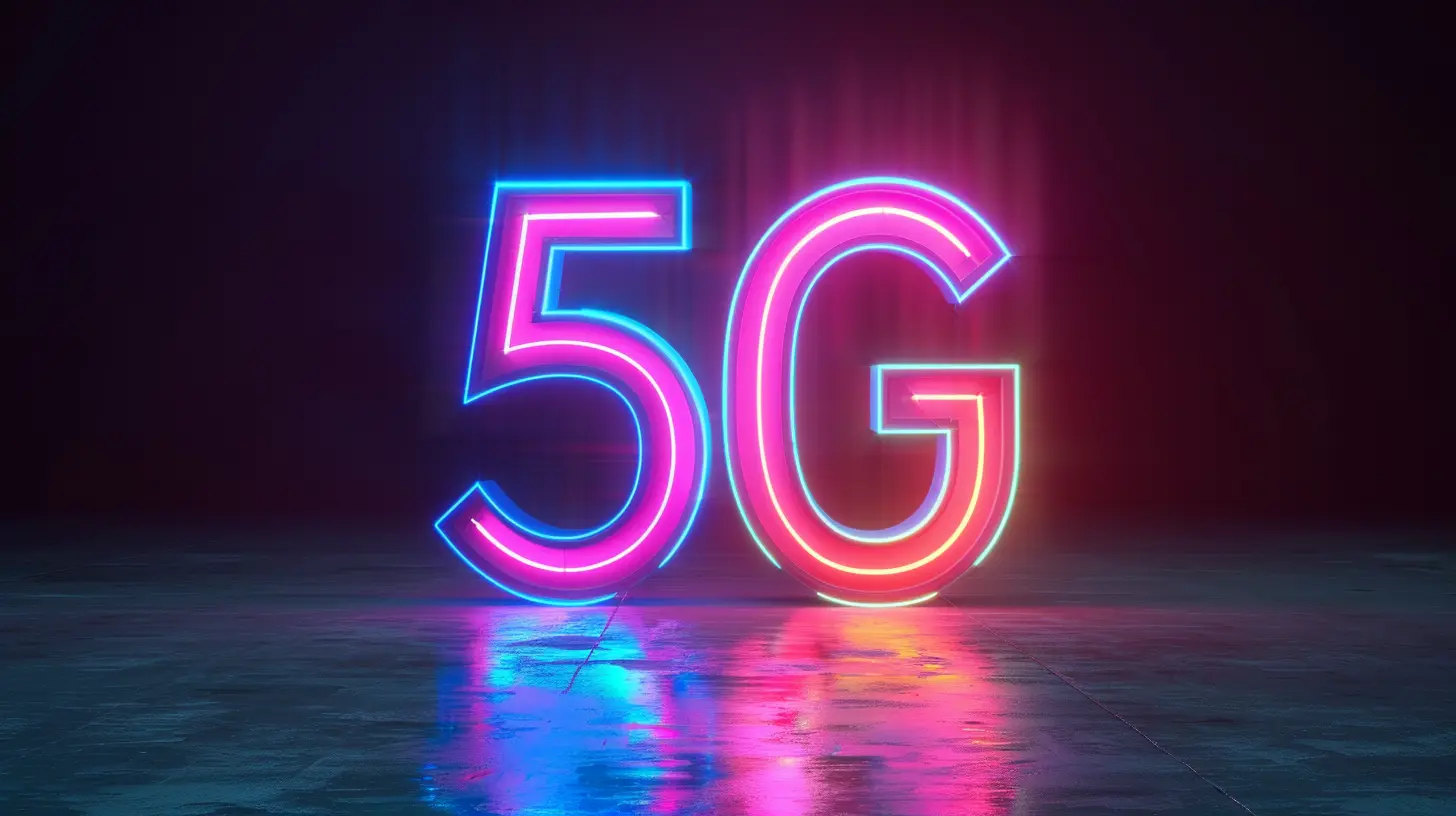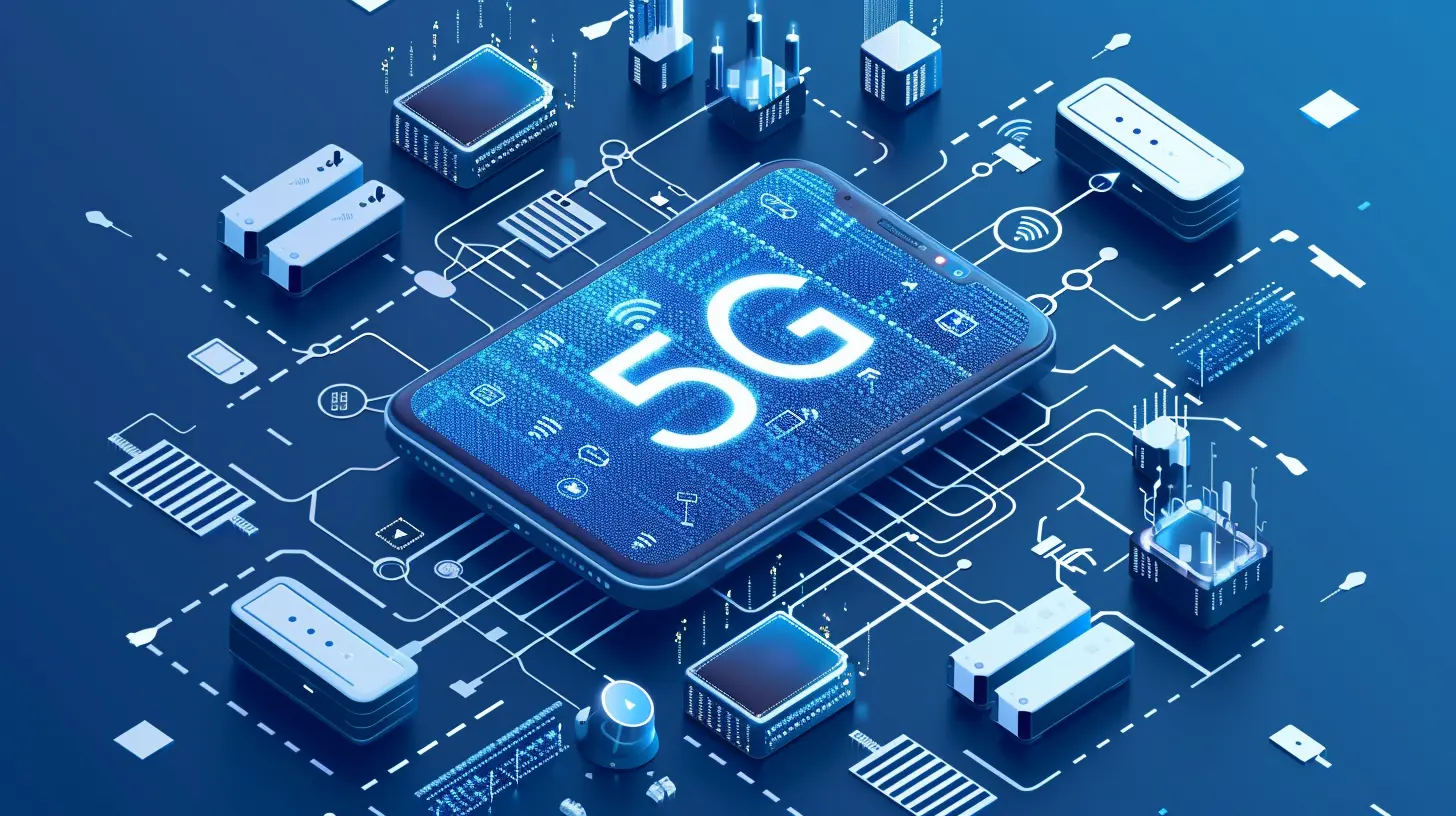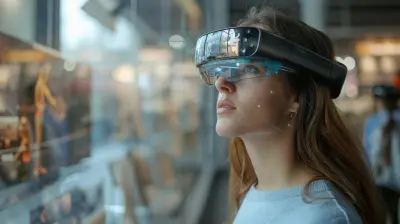Understanding the Role of 5G in IoT Device Connectivity
13 July 2025
Imagine a world where your car talks to traffic lights, your fridge orders groceries, and your fitness tracker sends real-time health updates to your doctor—all without a hiccup. Sounds futuristic? Well, the future is closer than you think. At the heart of this seamless digital dance is two buzzwords that are revolutionizing tech: 5G and IoT.
Now, if you're scratching your head wondering what these two have to do with each other, don't worry. You're not alone. Let's peel back the layers of this technological onion and reveal the mysterious connection between 5G and the Internet of Things (IoT). Trust me, it's more fascinating than you might expect.
What is 5G, Really?
So, what’s all the fuss about 5G? Short answer: it’s the fifth generation of mobile networks. But that doesn't quite do it justice. Think of 5G as a supercharged highway built for speed, capacity, and reliability.Where previous generations like 3G and 4G focused on faster mobile browsing and video streaming, 5G takes a giant leap. We're talking faster-than-you-can-blink latency, download speeds topping 10 Gbps, and the ability to connect millions of devices in a single square kilometer. It’s not just an upgrade—it’s an entirely new ballgame.
In essence, 5G is the digital nervous system that will breathe life into IoT devices.
The Rise of the Internet of Things (IoT)
Now let’s talk about IoT. The Internet of Things is a vast network of interconnected devices—from your smartwatch to your smart fridge, from industrial sensors to autonomous vehicles. These devices gather and exchange data, creating a web of intelligence that spans across our homes, cities, factories, and even farms.We’re literally embedding the internet into the fabric of our everyday lives. But with so many devices talking all at once, issues like slower speeds, latency, and network congestion can arise. That’s where 5G swoops in like a tech superhero.
Why 5G and IoT Go Together Like Peanut Butter and Jelly
Let’s get real—IoT has been around for a while. Why the sudden excitement? Because the older networks (even trusty old 4G) just can’t handle what IoT is becoming.Imagine hundreds of self-driving cars navigating a city. Each car constantly processes and shares data with other vehicles, traffic systems, and cloud servers. Now multiply that scene by a thousand, and you’ll start to see the staggering demand on the network.
5G isn’t just about speed; it’s about responsiveness and scale. Here’s how:
- Low Latency: With 5G, you can achieve latency as low as 1 millisecond. That’s faster than the blink of an eye. For IoT, this means real-time decision-making—life-saving in scenarios like autonomous driving or remote surgeries.
- Massive Connectivity: 5G can support up to a million devices per square kilometer. That’s a big deal for smart cities where everything from streetlights to waste bins is connected.
- High Reliability: Whether it’s a fitness tracker or a pacemaker, reliability is crucial. 5G offers ultra-reliable communication, especially important in mission-critical applications.
Real-World Examples of 5G in IoT
Okay, cool tech talk. But what does this look like in real life? Let's peek into a few examples where 5G and IoT are already shaking hands.1. Smart Cities That Think for Themselves
Ever wondered how traffic lights could reduce congestion automatically? With 5G-enabled IoT, smart cities are becoming a reality. Cameras, sensors, and AI analyze data in real-time to reroute traffic, manage energy consumption, and respond to emergencies faster than ever.2. Remote Healthcare: Doctors Without Borders (Literally)
Imagine a surgeon performing a complicated procedure in a rural village… through a robotic arm controlled from thousands of miles away. It sounds like sci-fi, but with 5G-powered IoT medical devices, it's becoming possible. The ultra-low latency is key here—it ensures zero lag in life-or-death situations.3. Agriculture Goes High-Tech
Farmers are now using IoT sensors to monitor soil health, weather, crop growth, and even livestock movement. Integrated with 5G, these sensors provide real-time data, enabling smarter decisions and better yields. Yep, even cows are getting connected.4. Factories of the Future
Say hello to Industry 4.0. In manufacturing, 5G-connected IoT devices power robotic arms, monitor equipment health, and streamline supply chains. The result? Fewer breakdowns, less downtime, and more productive factories. It's like giving machines their own sixth sense.Challenges in Marrying 5G with IoT
Before we get too starry-eyed, let’s talk hurdles. Like any relationship, 5G and IoT have their challenges.Infrastructure Demands
Deploying 5G isn’t as simple as flipping a switch. It requires a massive overhaul of existing infrastructure—think mini cell towers every few blocks, new antennas, and upgraded hardware. That comes with a hefty price tag and a big logistical challenge.Security Concerns
More devices mean more entry points for cyberattacks. With 5G enabling billions of IoT devices, ensuring airtight security becomes paramount. Compromised baby monitors are a nuisance; hacked medical devices or factory systems? Terrifying.Device Compatibility
Not all IoT devices are ready for 5G. Many were built for Wi-Fi or older cellular tech. Transitioning everything to 5G won’t happen overnight and may require hardware changes across the board.The Future: What Happens When 5G and IoT Reach Their Full Potential?
Here’s the juicy part—what happens when the pieces finally fall into place?We’re talking self-driving car highways, hyper-personalized healthcare, fully automated industries, and cities that almost run themselves. Imagine virtual reality classrooms where students from across the globe “sit” together. Or drones delivering emergency relief in disaster zones with split-second precision.
5G is the thread that will stitch together this ultra-connected fabric of future life.
5G-Enabled IoT by Industry Breakdown
Let’s break it down further. Each industry stands to benefit from this powerful combo in unique ways:| Industry | IoT Use Case | 5G Advantage |
|--------------------|-----------------------------------------------|--------------------------------------------|
| Healthcare | Remote patient monitoring, robotic surgeries | Low latency, high reliability |
| Automotive | Autonomous vehicles, smart traffic systems | Real-time data exchange, massive bandwidth|
| Agriculture | Soil sensors, weather tracking | Wide coverage, energy efficiency |
| Manufacturing | Predictive maintenance, smart robotics | High device density support |
| Retail | Smart shelves, real-time inventory tracking | Fast data transfers, seamless connectivity|
| Logistics | Fleet tracking, drone deliveries | Continuous, low-latency communication |
Wait, Is 5G the Endgame for IoT?
Good question. Is 5G the be-all and end-all for IoT connectivity?Not exactly. While 5G is a game-changer, it’s not the only player. Other connectivity options like Wi-Fi 6, LPWANs (Low-Power Wide-Area Networks), Zigbee, and Bluetooth still have their place—especially where low power consumption and limited range are acceptable.
But for mission-critical, high-speed, real-time IoT applications? 5G is the gold standard.
Think of it this way: if current networks are bicycles, 5G is a high-speed bullet train. You wouldn’t use a train to ride around your living room—but for long trips with a lot of baggage? You’d want the train.
What’s Next? Gearing Up for the 5G-IoT Revolution
If you're a business owner, developer, or tech enthusiast, now’s the time to buckle up. As 5G networks continue to roll out globally, the window of opportunity is wide open.Here’s how you can prepare:
- Upgrade Existing Devices: Ensure new hardware is 5G-compatible.
- Invest in Cybersecurity: Don’t wait until the breach. Secure your IoT systems proactively.
- Embrace Edge Computing: Combine it with 5G to process data closer to where it's generated.
- Stay Agile: Tech is evolving fast. Keep your systems flexible to adapt to new standards.
Final Thoughts: A Match Made in Tech Heaven
The union of 5G and IoT is more than just an upgrade—it’s a paradigm shift. We're moving toward a world where devices don't just work—they think, react, and collaborate in real-time.Yes, there will be challenges. Yes, there are still many unknowns. But one thing’s for sure—this is just the beginning. The stage is set, the systems are waking up, and the networks are getting faster by the second.
So next time your smart coffee machine brews your favorite latte just as you wake up, thank 5G. It's not just connecting devices—it's connecting the future.
all images in this post were generated using AI tools
Category:
Iot DevicesAuthor:

Gabriel Sullivan
Discussion
rate this article
1 comments
Loretta McNeely
5G is a game changer for IoT, offering faster speeds and lower latency. This connectivity revolutionizes how devices communicate, enabling smarter applications and driving innovation across various industries.
July 26, 2025 at 4:11 AM

Gabriel Sullivan
Absolutely! 5G significantly enhances IoT by providing the speeds and responsiveness necessary for seamless device communication, fostering innovation and smarter applications across industries.


